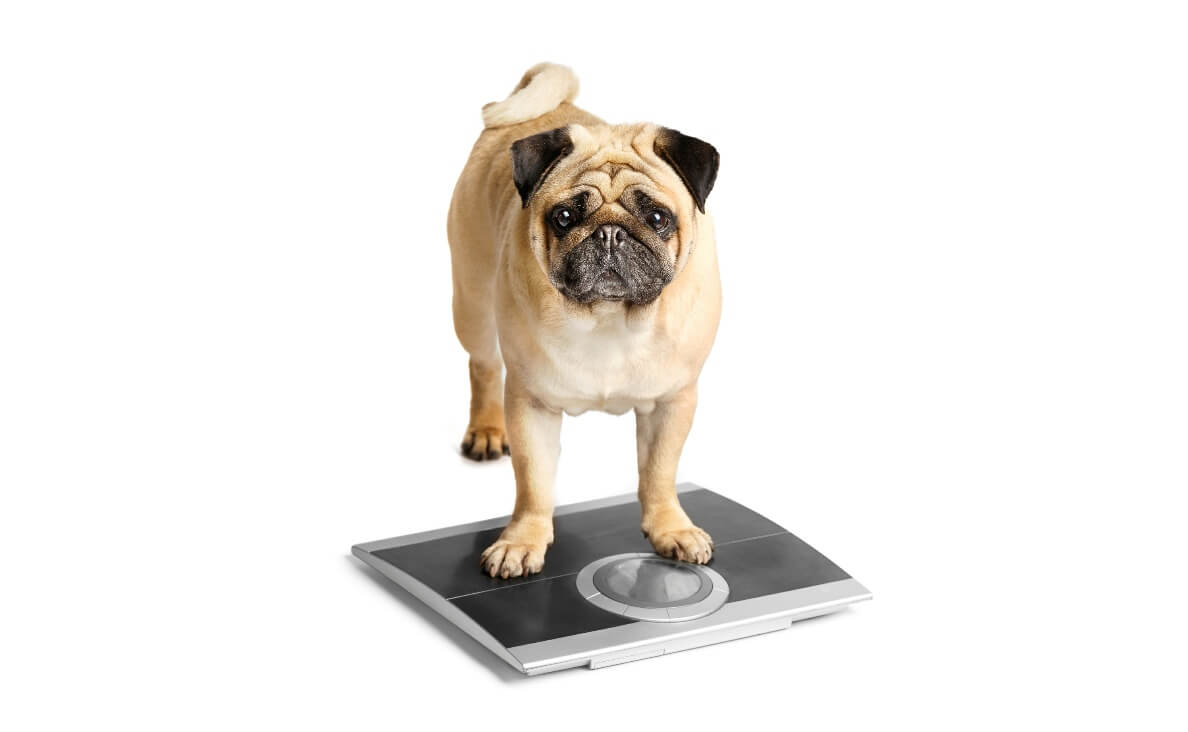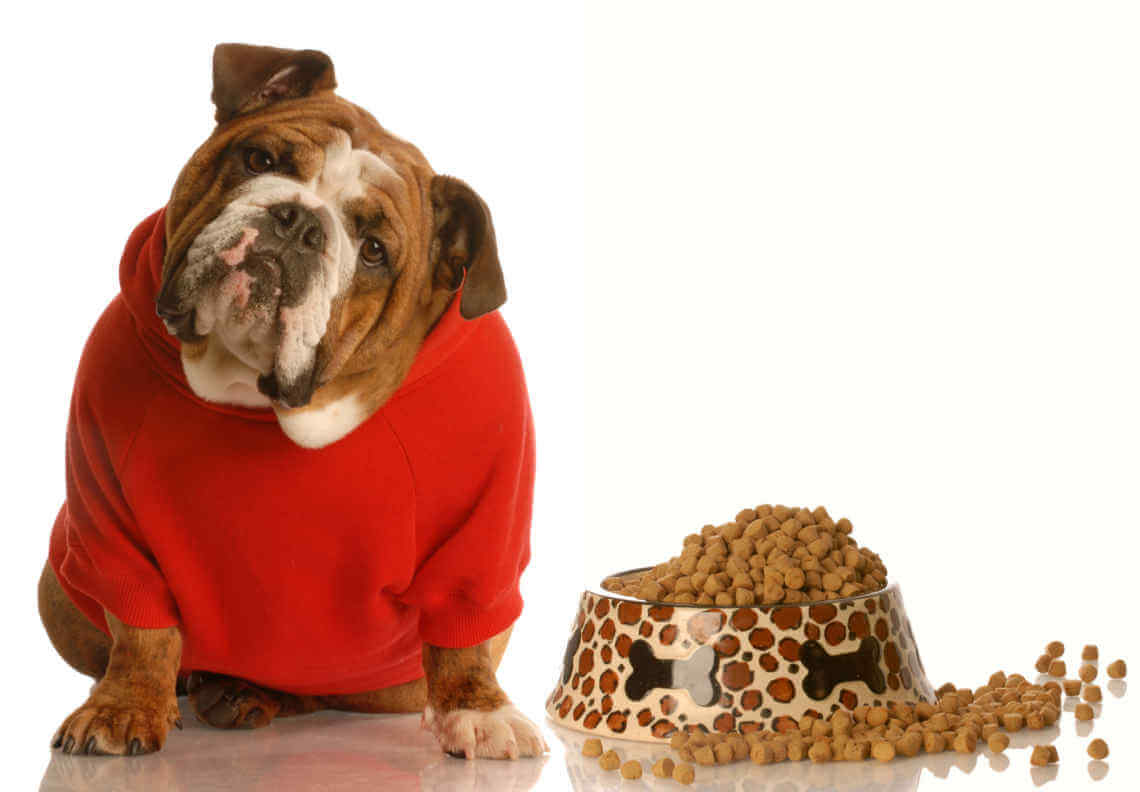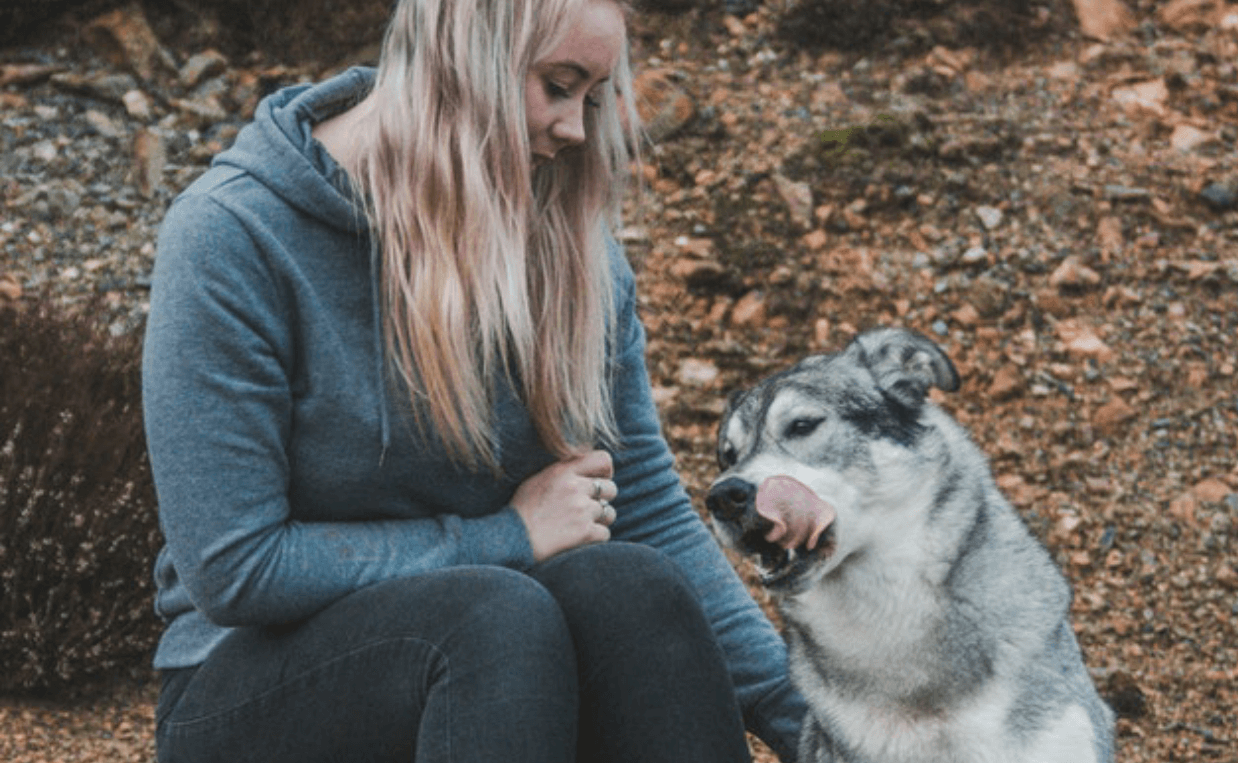
Maintaining a healthy weight is crucial for the overall well-being of our furry friends. Canine obesity is a growing concern, with significant implications for the health and longevity of dogs. In this post, we will explore essential tips and strategies to help your dog lose weight effectively and safely.
Understanding Canine Obesity
Canine obesity is defined as an excess of body fat that can harm a dog’s health. The primary causes of obesity in dogs include overfeeding, lack of exercise, and genetics. Overweight dogs face numerous health risks such as joint issues, diabetes, and heart disease. Addressing obesity early can prevent these problems and ensure a healthier, happier life for your dog.
Assessing Your Dog’s Weight
Determining if your dog is overweight is the first step in the weight loss journey. A body condition score (BCS) is a useful tool for assessing your dog’s weight. Vets typically use a BCS scale from 1 to 9, with 1 being severely underweight and 9 being obese. Signs that your dog may be overweight include difficulty feeling ribs, a lack of a defined waist, and difficulty moving.
Read more: 5 Tips for Preventing Obesity in Your Dog

Diet and Nutrition
A balanced diet is fundamental to helping your dog lose weight. Start by selecting the right dog food that is low in calories but high in essential nutrients. Look for options labeled as “weight management” or “low calorie.” Portion control is crucial; measure your dog’s food accurately and adhere to the recommended feeding guidelines.
Feeding schedules are also important. Instead of free feeding, establish set meal times. This helps regulate your dog’s metabolism and prevents overeating. Avoid giving high calorie treats and table scraps. Instead, opt for healthy alternatives like baby carrots, apple slices (without seeds), and green beans.
Consider preparing homemade dog food and treats. For example, a simple recipe could include lean chicken, brown rice, and mixed vegetables. Always consult your vet before making significant changes to your dog’s diet.
Exercise and Physical Activity
Regular exercise is vital for weight loss and overall health. Aim for at least 30 minutes of exercise daily, tailored to your dog’s fitness level. Walking and running are excellent options. Gradually increase the intensity and duration as your dog builds stamina.
Swimming is a low-impact exercise that is particularly beneficial for overweight dogs with joint issues. Interactive play, such as fetch or tug-of-war, can also help burn calories while strengthening the bond between you and your dog. Creating a consistent exercise routine is key to helping your dog lose weight.

Monitoring Progress
Keep track of your dog’s weight loss progress by maintaining a journal or chart. Record weekly weigh-ins and note any changes in behavior or energy levels. Regular check-ups with your vet are essential to ensure your dog is losing weight at a healthy pace. Adjust your dog’s diet and exercise plan as needed based on their progress.
Behavioral and Lifestyle Changes
Reducing begging and scavenging behavior is crucial for maintaining a healthy diet. Stick to a strict feeding schedule and avoid feeding your dog from the table. Using food puzzles and slow feeders can help slow down your dog’s eating and prevent overeating. These tools also provide mental stimulation, keeping your dog engaged and satisfied.
Professional Help
Sometimes, professional help is necessary to achieve weight loss goals. Consult your vet or a pet nutritionist to develop a personalized weight loss plan. They can provide tailored advice on diet, exercise, and any potential medications or supplements that may aid in weight loss.

Final Thoughts
Helping your dog lose weight is a rewarding journey that requires dedication and effort. By following the tips outlined in this post, you can ensure a healthier and happier life for your furry friend. Remember to consult with your vet before starting any weight loss program for your dog.
We’d love to hear your stories and tips on how you’ve helped your dog lose weight. Share your experiences in the comments below.

 How to Care for a Dog with Cushing’s Disease: A Comprehensive Guide
How to Care for a Dog with Cushing’s Disease: A Comprehensive Guide What Every Dog Owner Should Know About Anaphylaxis in Dogs
What Every Dog Owner Should Know About Anaphylaxis in Dogs Is Curbside Veterinary Service Here to Stay?
Is Curbside Veterinary Service Here to Stay? 9 Common Eye Issues in Dogs
9 Common Eye Issues in Dogs Walk Your Dog Week Reminds You to Exercise With Your Dog
Walk Your Dog Week Reminds You to Exercise With Your Dog






Leave a Reply